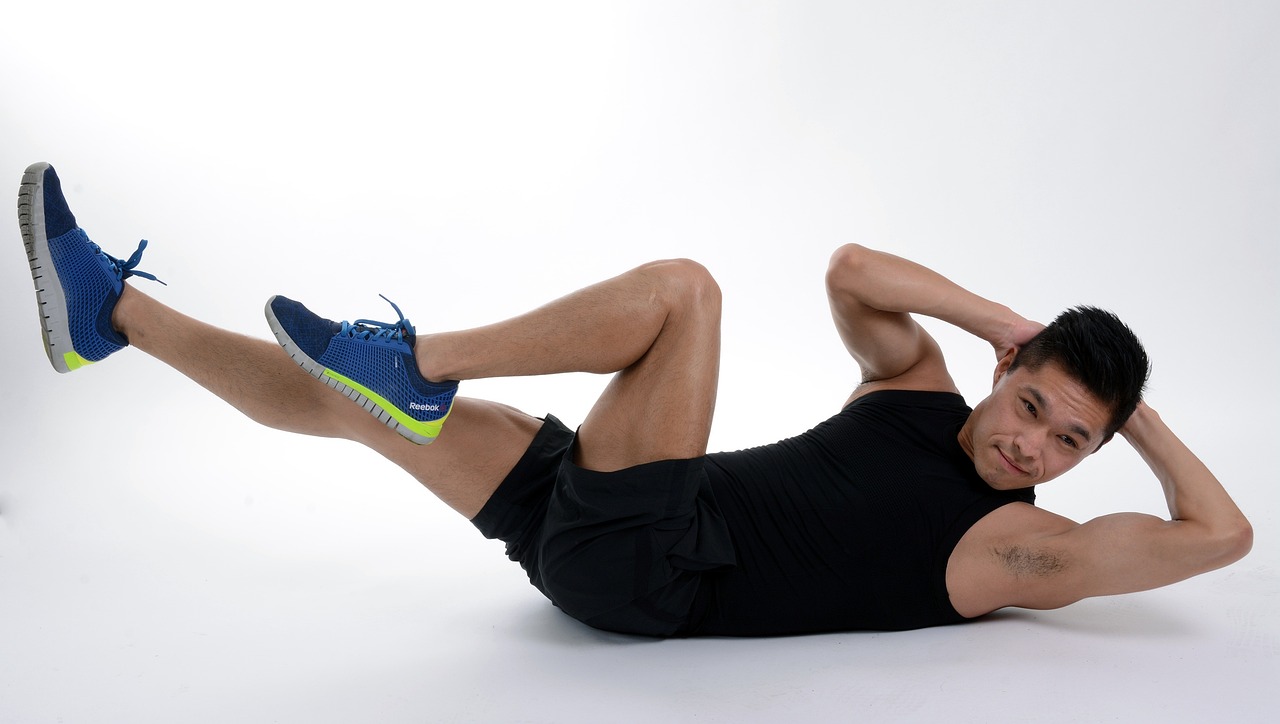When it comes to fitness, the way you position your body can make or break your workout results. The right exercise positions ensure you target the correct muscles, avoid injury, and maximize every rep. Whether you’re lifting weights, stretching, or practicing yoga, mastering proper positioning is the foundation of safe and effective training. In this guide, we’ll explore the best exercise positions for strength, flexibility, and overall health—plus tips to help you perfect them.
Why Exercise Positions Matter
In the world of fitness, form is everything. You can lift the heaviest weights, run the fastest sprints, or perform the most challenging routines, but without proper exercise positions, your results will suffer—and your risk of injury will skyrocket. Think of it like building a house: if the foundation is unstable, everything else will eventually crumble.
One of the most common mistakes people make at the gym is prioritizing speed or weight over form. When your position is off, you may end up working the wrong muscles, overloading your joints, or straining your back and neck. On the other hand, correct exercise positions ensure that every movement counts and that your energy is being used efficiently.
Here’s what proper positioning can do for you:
-
Engage the right muscle groups – The right stance or posture allows you to directly target the intended muscles, which leads to faster strength gains and better definition.
-
Maintain joint safety and prevent strain – Poor positioning puts unnatural pressure on your knees, shoulders, and spine. Proper form distributes weight evenly and minimizes wear and tear.
-
Improve balance and stability – Many positions, especially in yoga or functional training, help train your stabilizing muscles, which makes you more coordinated in everyday life.
-
Boost workout efficiency – With correct positioning, you can accomplish more in less time because you’re working smarter, not harder.
-
Develop better posture over time – Good exercise form carries over into daily activities, reducing slouching and back pain.
When you adopt the correct position, every movement becomes more controlled, deliberate, and impactful. This is the difference between simply “doing an exercise” and truly training your body.
Understanding the Basics of Exercise Positions
Before you start loading up weights or pushing your flexibility limits, it’s crucial to understand the three fundamentals of proper exercise positions: body alignment, breathing techniques, and muscle engagement.
Body Alignment
Body alignment refers to the positioning of your head, spine, hips, and limbs during an exercise. Good alignment ensures that your joints are stacked properly, your core is engaged, and your movements are balanced. For example, in a squat, your spine should stay neutral, your chest lifted, and your knees aligned with your toes. This prevents strain and helps your muscles fire correctly.
Breathing Techniques
Breathing might seem like a minor detail, but it plays a major role in performance. In strength training, you generally inhale during the easier phase and exhale during the effort phase—like breathing out when you push a weight upward. In yoga or isometric positions, steady breathing helps keep your muscles oxygenated and your mind focused. Incorrect breathing can lead to early fatigue, dizziness, and loss of form.
Muscle Engagement
Muscle engagement means actively using the intended muscle group instead of letting momentum or other muscles take over. For example, in a plank position, your abs should be tight, glutes slightly squeezed, and shoulders stable—not letting your lower back sag. Engaging muscles correctly ensures maximum benefit from every rep or hold.
Mastering these basics is the first step toward performing any exercise position safely, efficiently, and effectively.
Types of Exercise Positions for Strength
Strength training isn’t just about lifting heavy weights—it’s about controlling your body in space and making sure each movement is effective. Proper exercise positions help you build muscle efficiently while protecting your joints and improving your posture. Depending on the exercise, these positions can be standing or seated, each offering unique benefits.
Standing Positions for Strength Training
Standing positions are fundamental for building functional strength because they mimic the way we naturally move in daily life. They also challenge your balance, improve core stability, and engage multiple muscle groups at once.
Squat Position
How to do it: Stand with your feet shoulder-width apart. Keep your chest lifted and your spine neutral. As you bend your knees, push your hips back like you’re sitting in a chair. Lower yourself until your thighs are parallel to the ground (or as low as your flexibility allows), then push through your heels to return to standing.
Benefits:
-
Strengthens the quadriceps, hamstrings, glutes, and core.
-
Improves lower-body mobility.
-
Builds functional strength for activities like climbing stairs or lifting objects.
Common mistakes to avoid:
-
Letting knees cave inward.
-
Leaning too far forward.
-
Lifting heels off the ground.
Lunge Position
How to do it: Step one foot forward while keeping your torso upright. Lower your body until both knees form a 90-degree angle. The back knee should hover just above the floor. Push through the front heel to return to standing, then switch legs.
Benefits:
-
Strengthens the legs and glutes.
-
Improves balance and stability.
-
Targets each leg individually for better muscle balance.
Tips: For extra challenge, hold dumbbells or place your hands on your hips for better control.
Seated Positions for Upper Body
While standing positions work multiple muscle groups, seated positions focus on isolating specific areas, especially in the upper body. They minimize momentum and force your muscles to do all the work.
Seated Shoulder Press
How to do it: Sit on a bench with your back firmly supported. Hold dumbbells at shoulder height, palms facing forward. Exhale as you press the weights overhead until arms are fully extended. Inhale as you slowly lower them back down.
Benefits:
-
Builds strong, defined shoulders.
-
Works the triceps and stabilizing muscles in the core.
-
Reduces the risk of using momentum compared to standing presses.
Form tip: Avoid arching your lower back by engaging your core throughout the movement.
Seated Row Position
How to do it: Sit on a bench or at a rowing machine. Hold the handles with a neutral or overhand grip. Keep your back straight as you pull the handles toward your torso, elbows close to your sides. Slowly return to the starting position.
Benefits:
-
Strengthens the back, biceps, and forearms.
-
Improves posture by pulling shoulders back.
-
Enhances pulling strength for daily activities.
Pro tip: Focus on squeezing your shoulder blades together at the end of the pull for maximum activation.
Exercise Positions for Flexibility
Flexibility is more than just being able to touch your toes—it’s about maintaining healthy joints, preventing injury, and allowing your muscles to move through their full range of motion. Certain exercise positions are specifically designed to stretch and lengthen the muscles, improving mobility and reducing stiffness.
Yoga-Based Positions
Yoga combines strength, flexibility, and breathing techniques. Many of its positions help improve posture, balance, and mental focus while lengthening tight muscles.
Downward Dog Position
How to do it: Start on all fours, then lift your hips toward the ceiling to form an inverted “V” shape with your body. Keep your hands shoulder-width apart, fingers spread wide, and press your heels toward the ground.
Benefits:
-
Stretches hamstrings, calves, and shoulders.
-
Strengthens arms and core.
-
Promotes blood flow and relieves tension in the back.
Common mistakes: Rounding the back or letting shoulders collapse inward.
Warrior Position
How to do it: Step your right leg forward into a lunge position, keeping your knee directly above your ankle. Extend your arms overhead or out to the sides, shoulders relaxed. Engage your core and maintain a long spine.
Benefits:
-
Opens the hips and chest.
-
Strengthens the legs, core, and arms.
-
Improves balance and focus.
Variation: Warrior I, II, and III each offer slightly different benefits and challenges.
Stretching Positions
Stretching positions should be performed after workouts or on rest days to help muscles recover and stay flexible.
Standing Hamstring Stretch
How to do it: Stand upright and place one heel on a step or bench in front of you. Keep both legs straight and hinge forward from the hips until you feel a stretch along the back of your raised leg.
Benefits:
-
Increases hamstring flexibility.
-
Reduces risk of muscle pulls.
-
Improves posture for lower-body exercises.
Safety tip: Avoid rounding your back—bend at the hips instead.
Seated Butterfly Stretch
How to do it: Sit on the floor with your knees bent outward and the soles of your feet pressed together. Hold your feet with both hands and gently press your knees toward the ground.
Benefits:
-
Opens the hips and groin.
-
Relieves tightness from prolonged sitting.
-
Improves flexibility for squats and lunges.
Tip: Keep your back straight to avoid lower back strain.
Exercise Positions for Core Strength
A strong core isn’t just about getting visible abs—it’s about building a solid foundation for all movement. Your core stabilizes your body in nearly every activity, from lifting weights to simply bending over to tie your shoes. Certain exercise positions are designed to keep your core engaged throughout the movement, helping you develop strength, endurance, and stability.
Plank Position
How to do it: Begin by lying face down on the floor. Place your elbows directly under your shoulders and your forearms flat on the ground. Lift your body so it forms a straight line from head to heels. Keep your abs tight, glutes engaged, and avoid letting your hips sag or pike upward.
Benefits:
-
Strengthens the abdominal muscles, lower back, and shoulders.
-
Improves posture by reinforcing spinal alignment.
-
Builds endurance for other strength-based exercises.
Form tips:
-
Keep your gaze down to maintain a neutral neck position.
-
Start with 20–30 seconds and increase gradually as you build endurance.
Side Plank Position
How to do it: Lie on your side with legs extended and stacked. Place your elbow directly under your shoulder and lift your hips off the ground so your body forms a straight line. Your top arm can rest along your side or be extended toward the ceiling for more challenge.
Benefits:
-
Targets the oblique muscles, which are often overlooked.
-
Improves lateral core stability, which helps in rotational movements.
-
Enhances balance and body control.
Variations:
-
Add a leg lift for extra challenge.
-
Perform the side plank with your forearm on an elevated surface to make it easier.
Exercise Positions for Balance and Stability
Balance and stability are essential for both athletic performance and everyday activities. Proper exercise positions that challenge your stability force smaller stabilizing muscles to activate, which improves coordination and reduces injury risk.
Single-Leg Stance
How to do it: Stand tall with your core engaged. Lift one foot slightly off the ground and hold the position for 30–60 seconds. Keep your gaze fixed on a spot in front of you to help maintain balance. Switch legs after each set.
Benefits:
-
Improves ankle stability, which is essential for running, walking, and jumping.
-
Strengthens small stabilizing muscles in the hips and legs.
-
Enhances overall coordination.
Progressions:
-
Close your eyes for a greater balance challenge.
-
Add light dumbbells or perform small arm movements to engage the core further.
Bosu Ball Squat
How to do it: Place a Bosu ball dome-side up on the floor. Step onto the ball with feet shoulder-width apart. Slowly lower into a squat while keeping your chest lifted and core tight. Return to standing with control.
Benefits:
-
Builds lower-body strength while improving balance.
-
Strengthens stabilizer muscles in the ankles, knees, and hips.
-
Trains your nervous system to react quickly to changes in stability.
Safety tip: Begin with body weight before adding dumbbells or a barbell to avoid losing balance.
Safety Tips for Perfecting Exercise Positions
Perfecting exercise positions takes time and attention. Rushing into advanced variations without mastering the basics can lead to poor form and potential injury. Here’s how to stay safe and maximize your results:
-
Start slow: Focus on learning correct movement patterns before adding weight or speed.
-
Use mirrors: Watching yourself perform exercises helps you catch mistakes and correct posture.
-
Get professional guidance: A certified trainer can provide real-time feedback to help you avoid bad habits.
-
Listen to your body: Discomfort is normal when challenging yourself, but sharp pain is a sign something is wrong—stop immediately and adjust.
Common Mistakes in Exercise Positions
Even experienced exercisers sometimes make form errors. The most common mistakes include:
-
Arching the back during lifts – This strains the spine and reduces core engagement.
-
Letting knees cave inward during squats – Increases pressure on the knees and can lead to injury.
-
Holding breath instead of breathing steadily – Limits oxygen supply to muscles and increases fatigue.
-
Using too much weight and compromising form – Leads to sloppy movement and higher injury risk.
Correcting these errors early will help you get the most out of your workouts and keep you injury-free.
How to Progress with Exercise Positions
As you get stronger and more confident, you’ll need to challenge yourself to keep improving. Progression in exercise positions can be done in two main ways:
Increase Intensity Gradually
Instead of jumping to heavy weights or long holds right away, add difficulty step-by-step. You can:
-
Increase the amount of weight you lift.
-
Extend the time you hold a position.
-
Add more repetitions or sets.
Mix Variations
Changing the angle, stance, or equipment can challenge your muscles in new ways. For example:
-
Try sumo squats instead of standard squats.
-
Switch from a regular plank to a plank with shoulder taps.
-
Replace a stable surface with a stability ball for added balance training.
By progressing gradually and varying your workouts, you’ll continue making gains while keeping your training fresh and exciting.
Conclusion
Mastering exercise positions is the key to getting the most out of your workouts while staying injury-free. Whether you’re focusing on strength, flexibility, or balance, proper positioning helps you engage muscles effectively and maintain long-term health. By practicing correct form, progressing gradually, and avoiding common mistakes, you’ll build a stronger, more resilient body—one position at a time.

 Fitness tips for busy moms at home
Fitness tips for busy moms at home  Beginner fitness plan without equipment
Beginner fitness plan without equipment 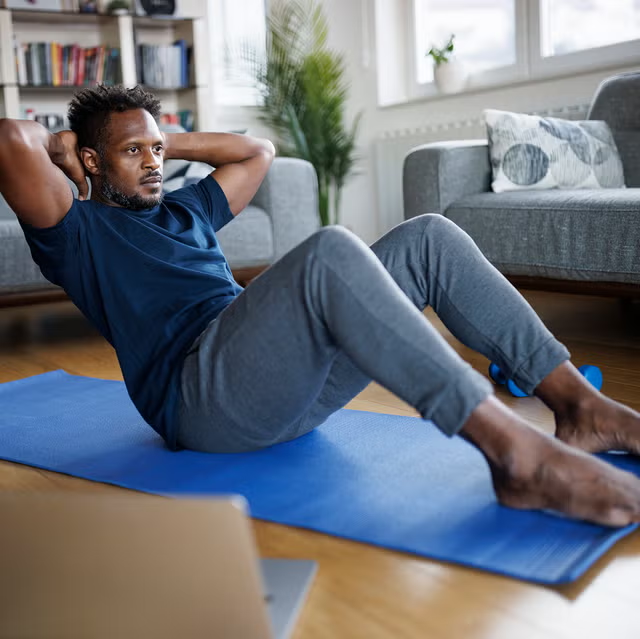 The Best Fitness Routine for Beginners at Home: Your 4-Week
The Best Fitness Routine for Beginners at Home: Your 4-Week  Fitness Center vs Gym: Choosing Your Best Workout Fit
Fitness Center vs Gym: Choosing Your Best Workout Fit 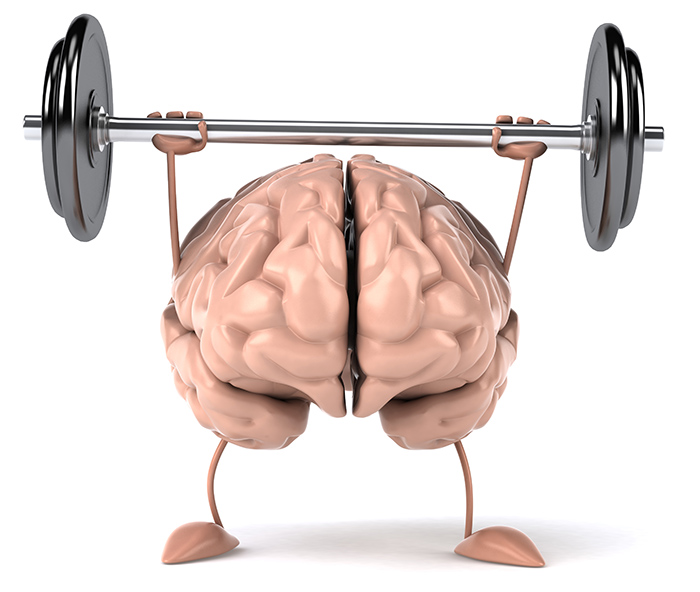 The Importance of Physical Fitness Essay: Health and Mind Benefits
The Importance of Physical Fitness Essay: Health and Mind Benefits 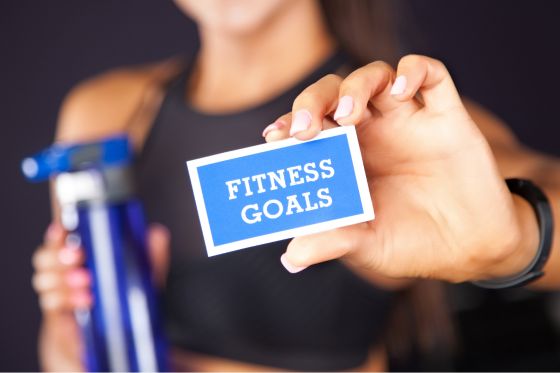 A Practical Guide to Achieving Fitness Goals Through Sustainable Habits
A Practical Guide to Achieving Fitness Goals Through Sustainable Habits 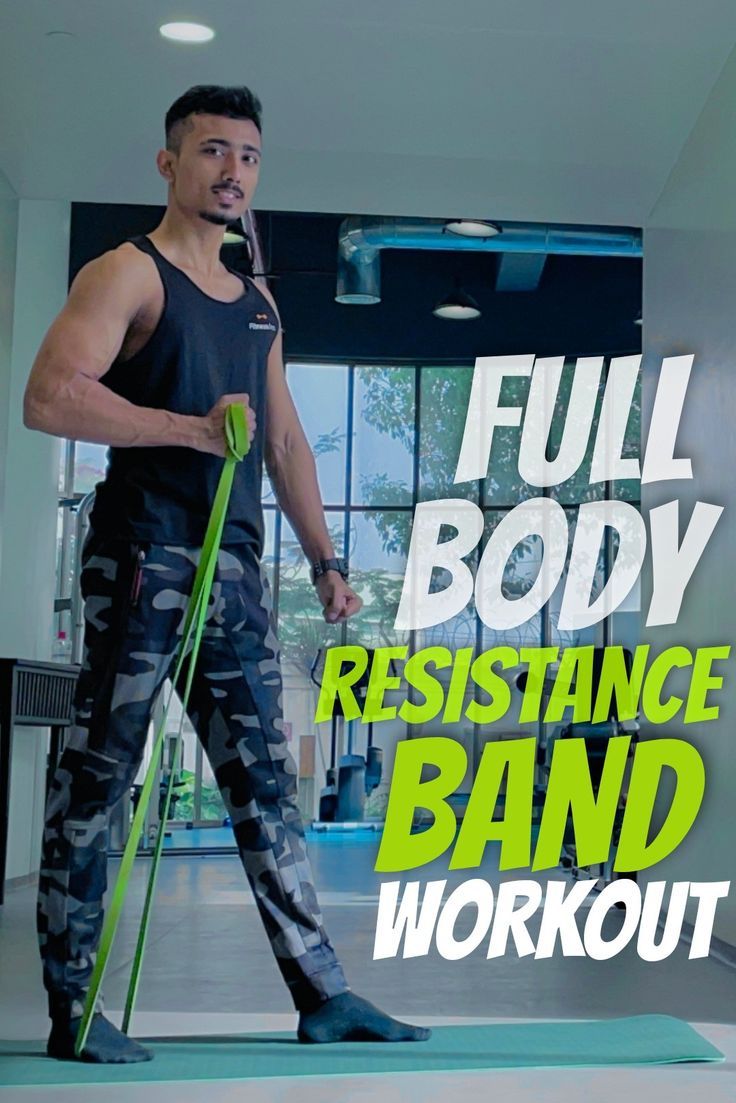 Resistance Band Workout Guide for Strength, Flexibility, and Home Fitness
Resistance Band Workout Guide for Strength, Flexibility, and Home Fitness 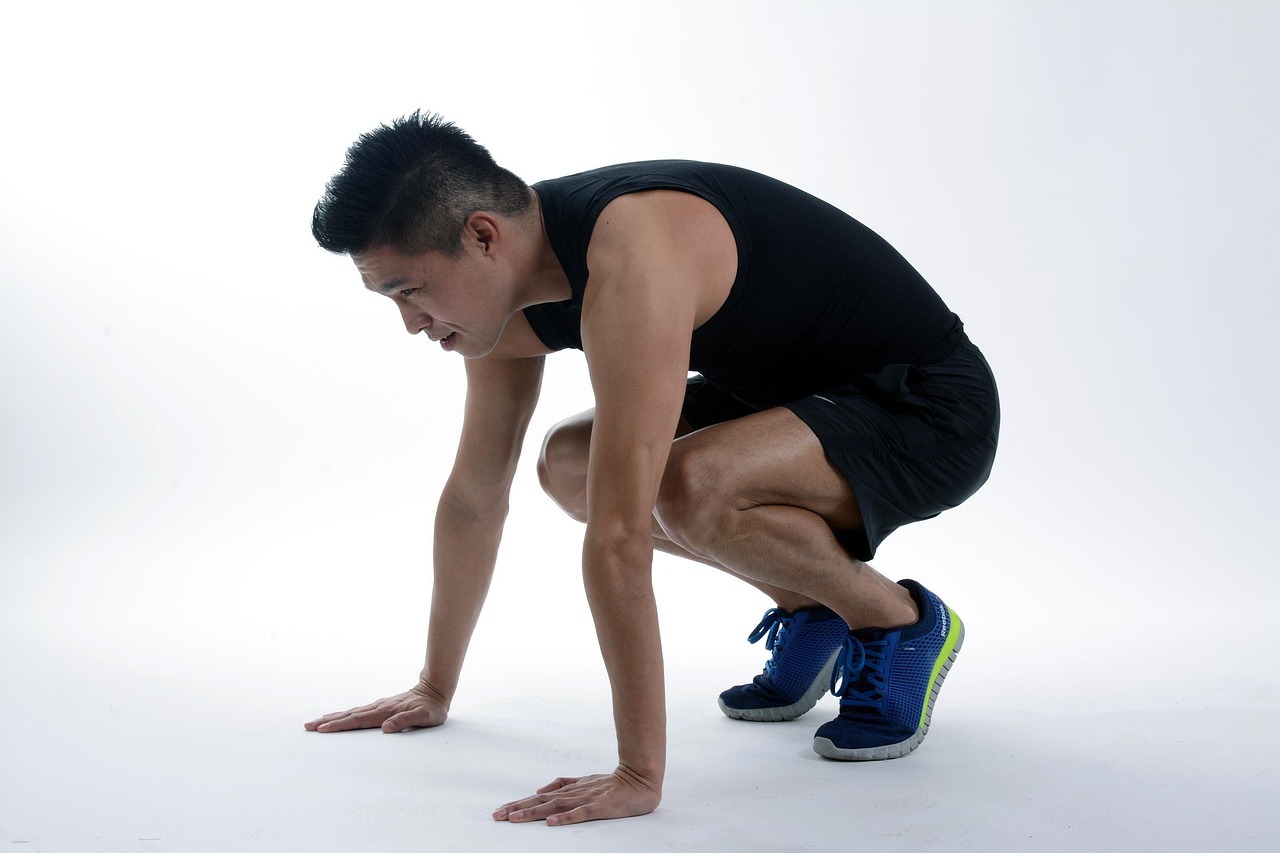 Exercise Positions: The Complete Guide to Boost Strength, Flexibility, and
Exercise Positions: The Complete Guide to Boost Strength, Flexibility, and 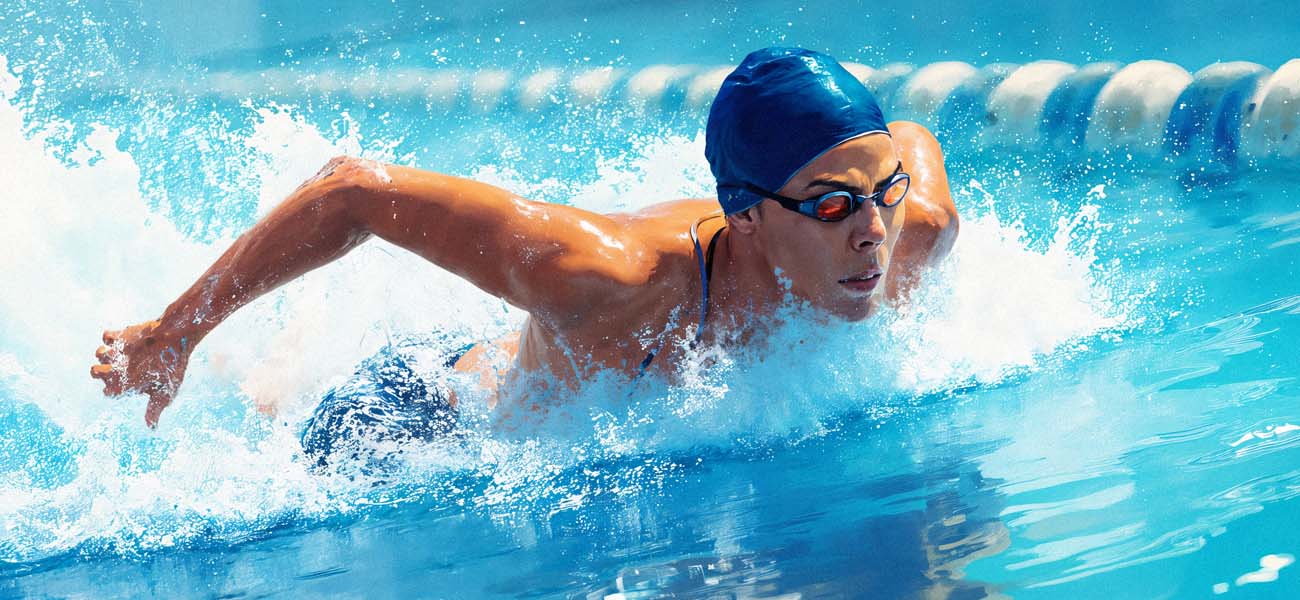 Europe Airports Prepare for Busiest Ever Christmas Travel Season
Europe Airports Prepare for Busiest Ever Christmas Travel Season 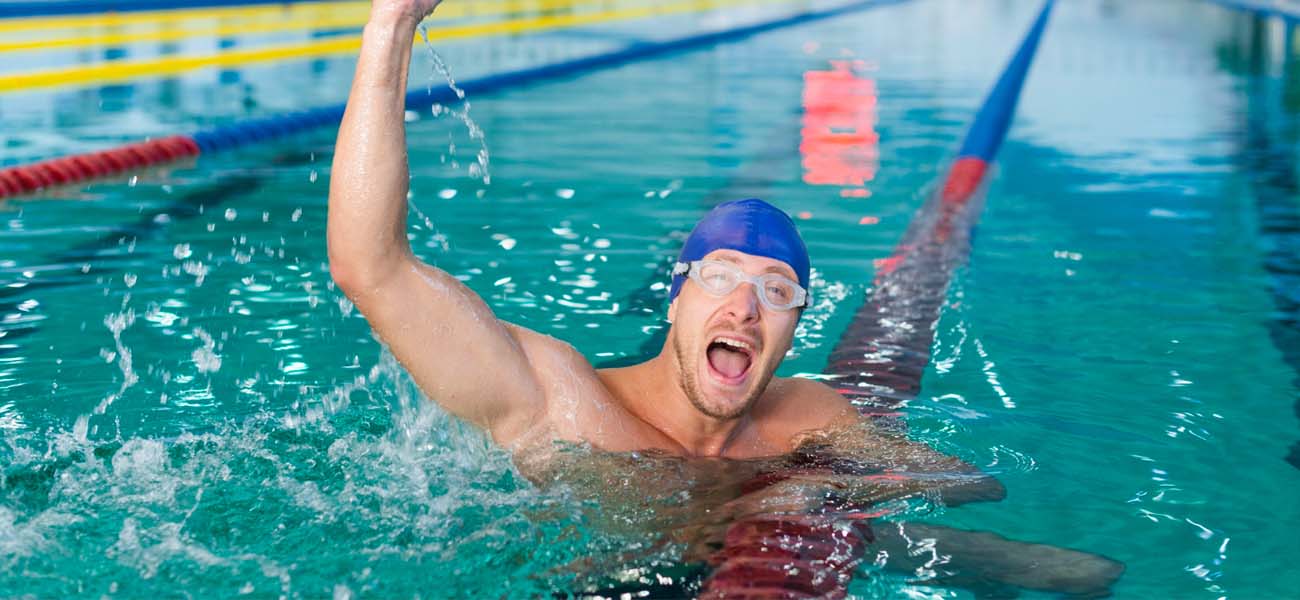 Early Christmas Travel Threatened by Series of Storms in the
Early Christmas Travel Threatened by Series of Storms in the  Fashion as a Reflection of Social Movements.
Fashion as a Reflection of Social Movements.  Guess Showcases Ski Collection with High Altitude Fashion Show
Guess Showcases Ski Collection with High Altitude Fashion Show 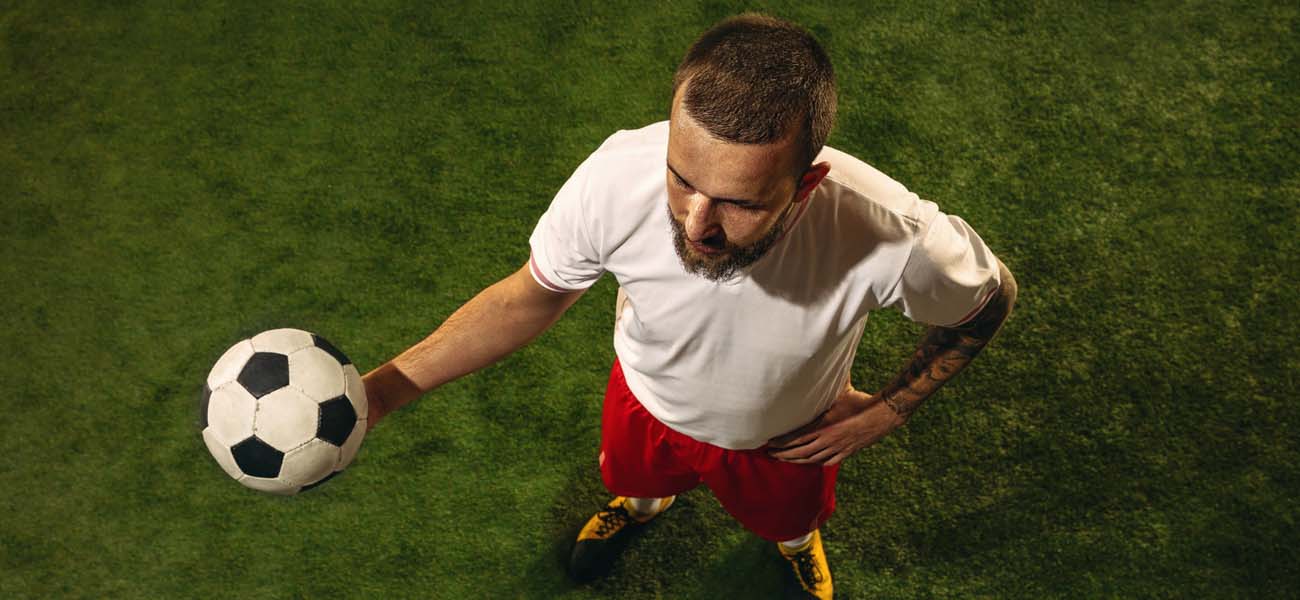 2024: A Year of Dynamic Fashion Trends
2024: A Year of Dynamic Fashion Trends 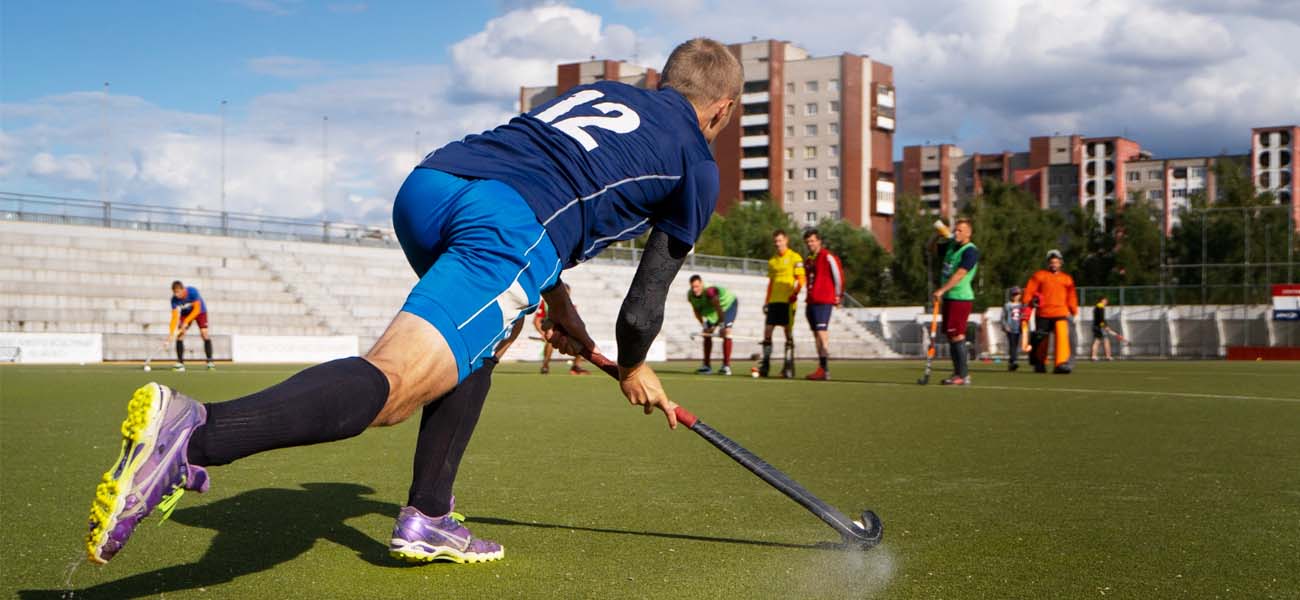 European Court of Justice Scrutinizes FIFA and UEFA for Antitrust
European Court of Justice Scrutinizes FIFA and UEFA for Antitrust  Concerns and Controversies at the 2024 Summer Olympics.
Concerns and Controversies at the 2024 Summer Olympics.  Michael Smith’s Iconic Nine Dart Finish Stuns Sports World
Michael Smith’s Iconic Nine Dart Finish Stuns Sports World 